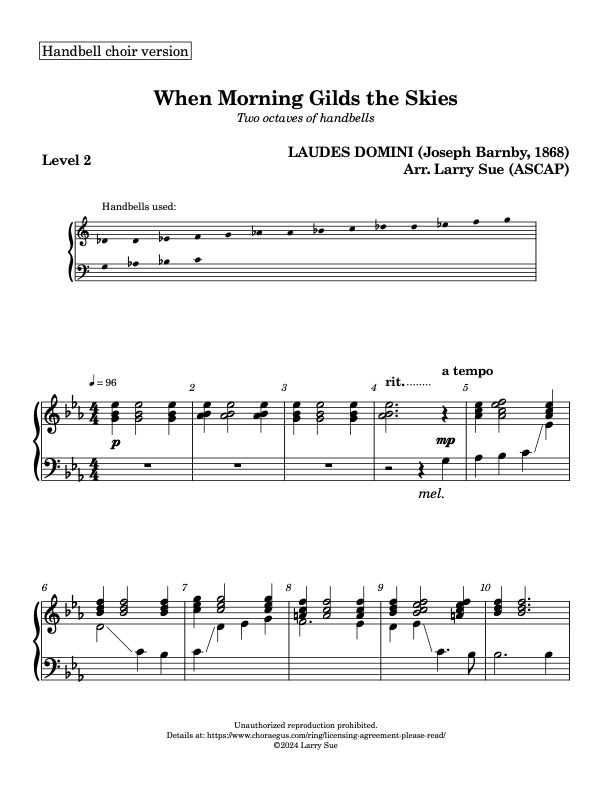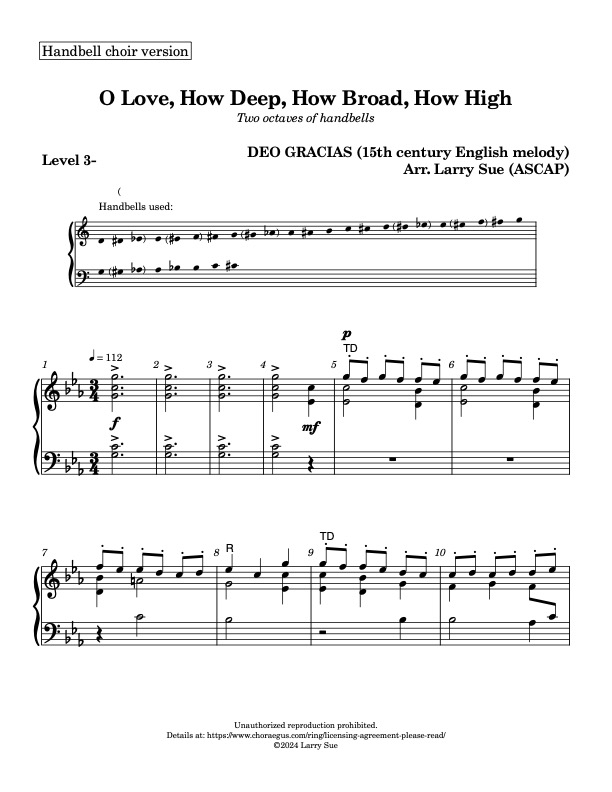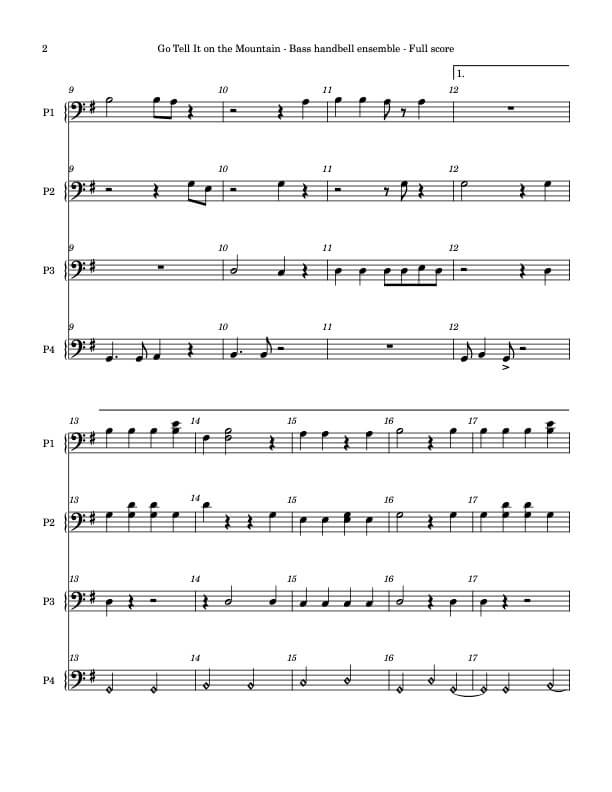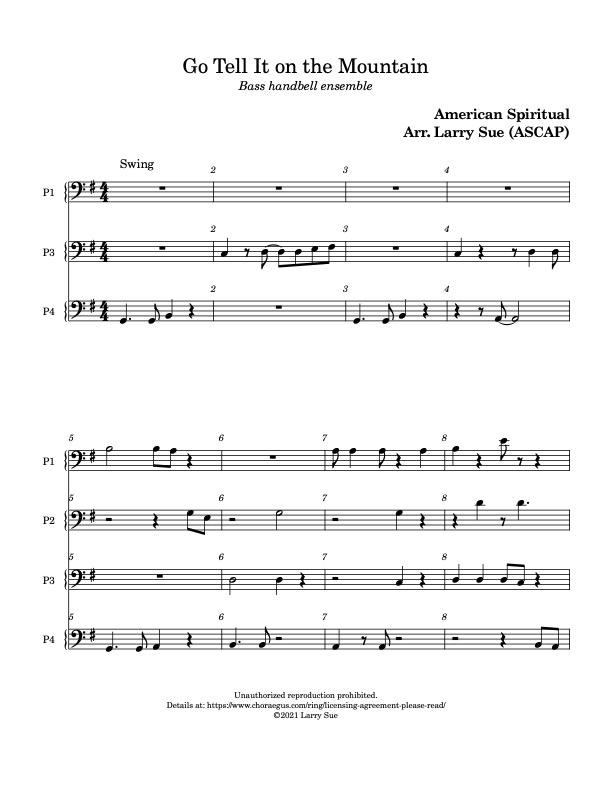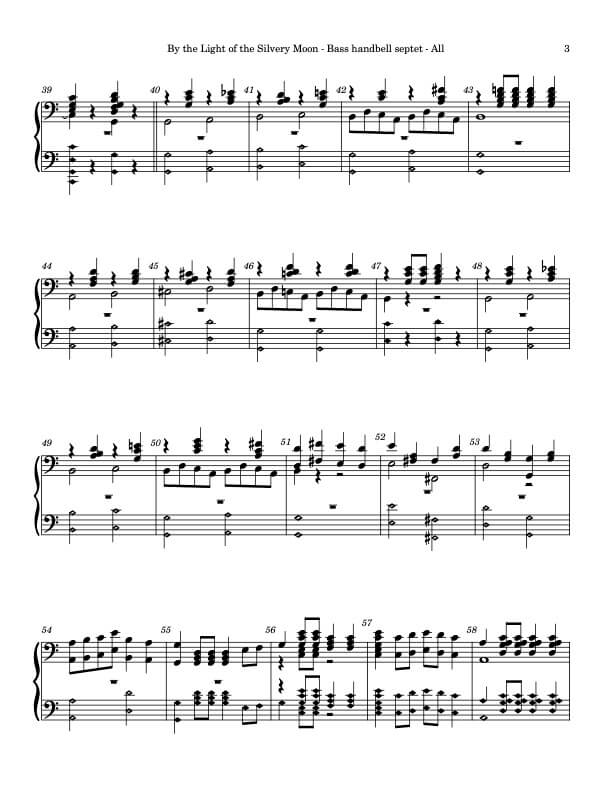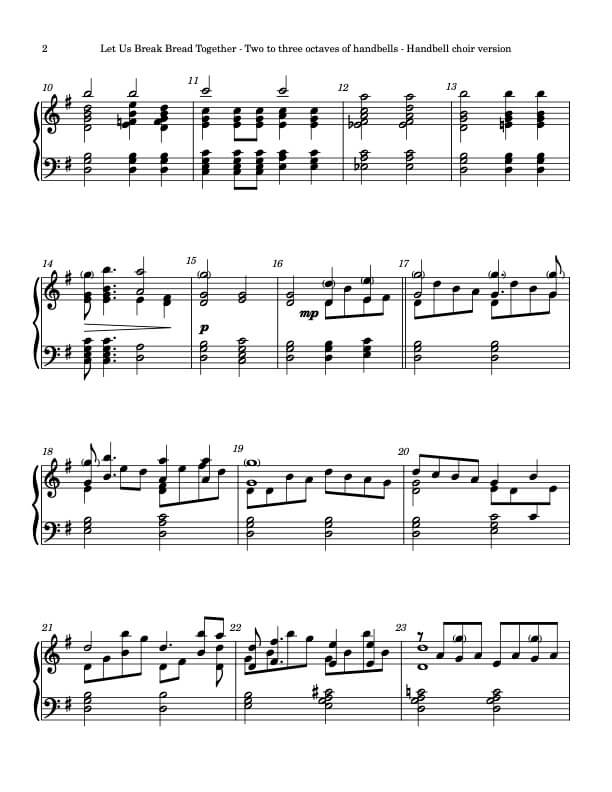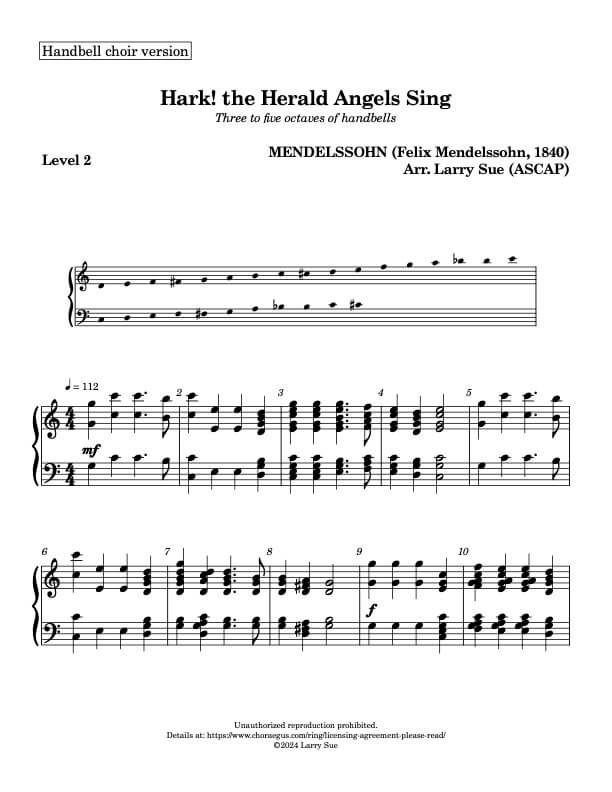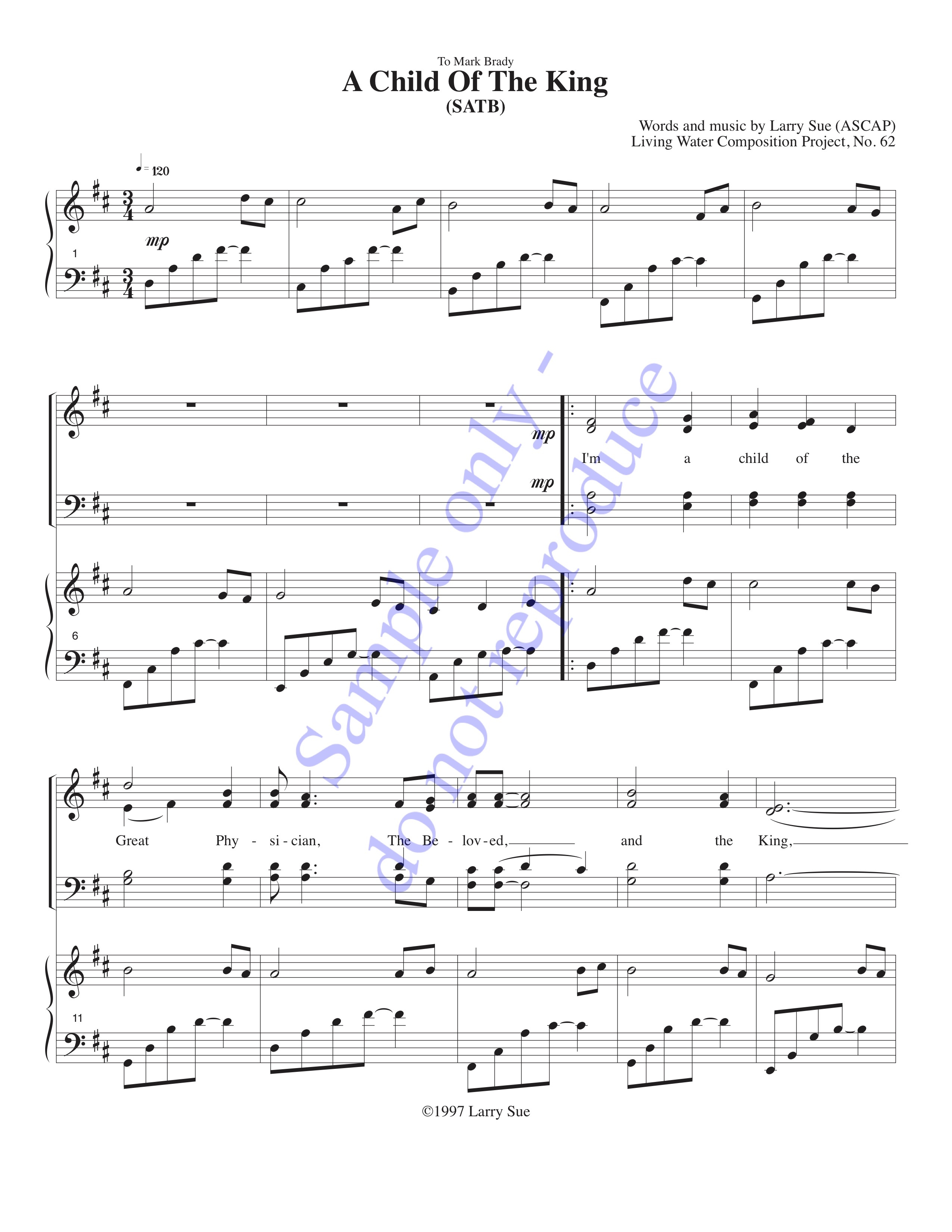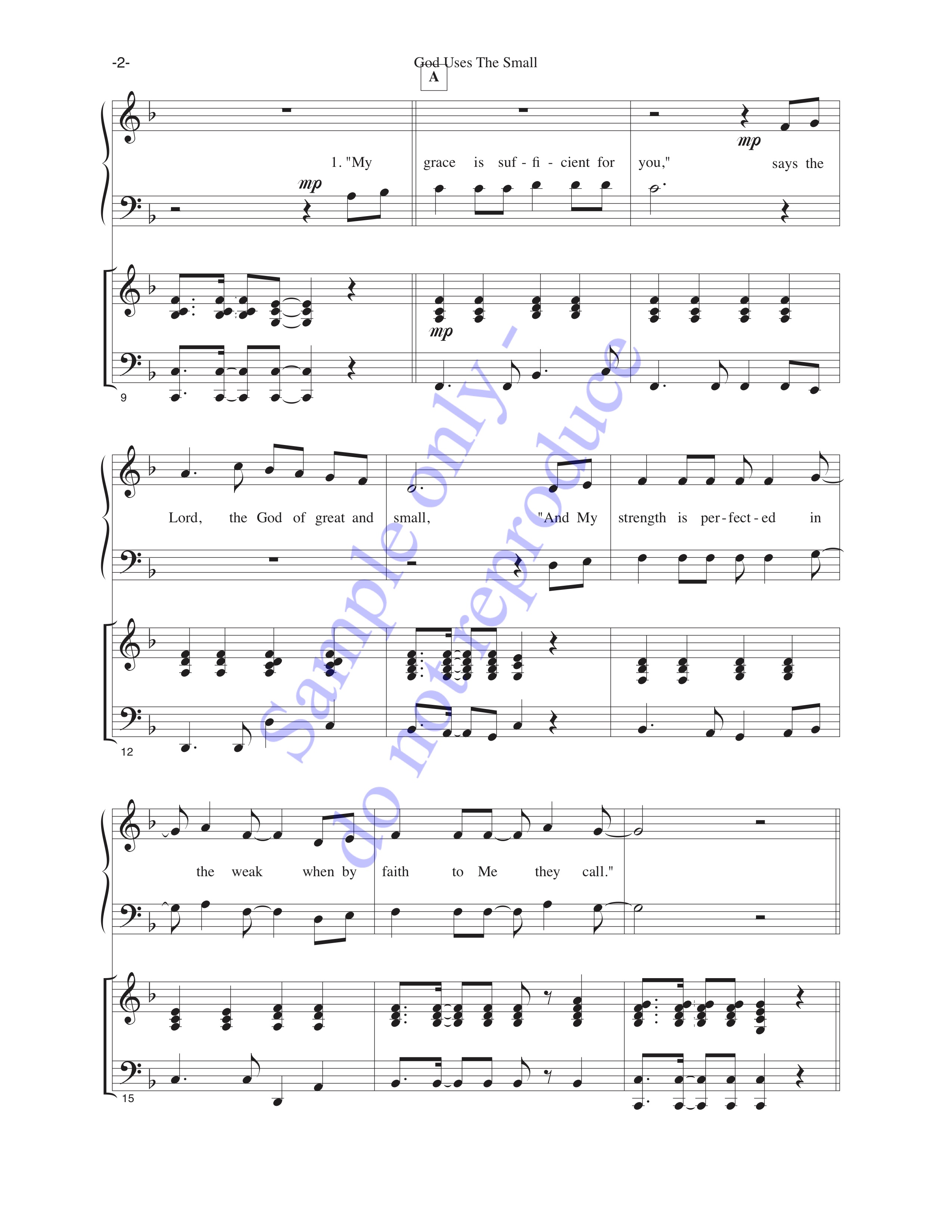Here are some short articles about various aspects of choral singing. They’re based on my personal experiences as a choral director, and have been practical ways of helping my singers work together.
You’re welcome to print and use them with your choir(s) free of charge; I only ask that you acknowledge the source. If you have any questions, you’re welcome to ask!

